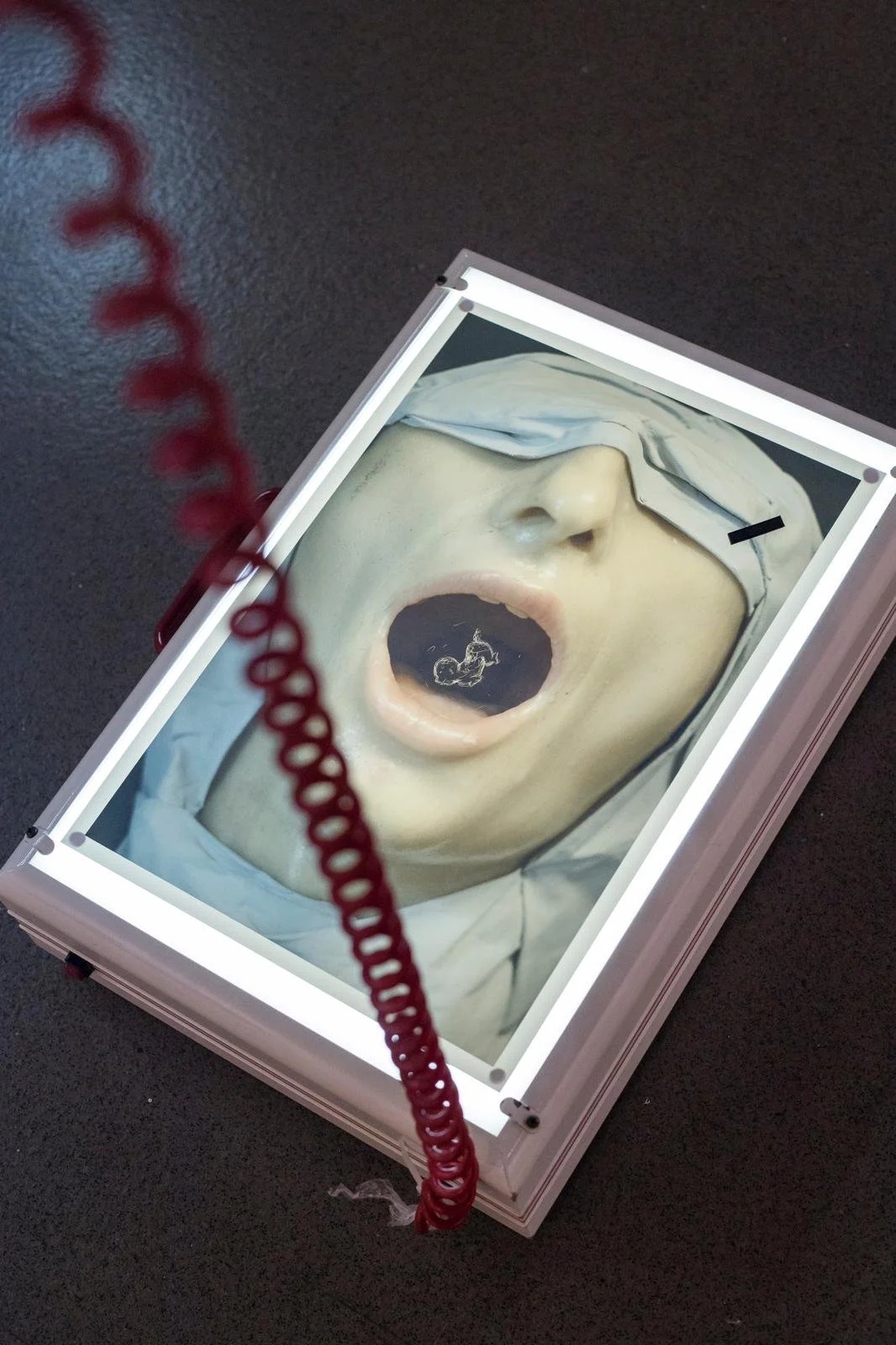Parallel Lines: An Imaginary Interview with Walter Benjamin
David Uzochukwu, Mare Monstrum
Written by Federica Belli
Federica Belli The language of photography is still among the most contemporary ones, despite the growing diffusion of other digital arts. Which forms of photography do you find particularly exciting in our time?
Walter Benjamin Well, one of the main revolutions of our time is definitely the invention of a form of blockchain contract which somehow bridles the reproducibility of photography. If the author desires so, it has become possible to limit the authenticity of a photograph to a single specimen. If that is to become the new norm, photography would come to be similar to painting in many additional ways, while remaining akin to film in its ability to portray the immediacy of reality. As of now, that is not the case. NFTs are still a minority of the circulating photographs and so are the ones trusting this form of contracts. Anyhow, I am deeply fascinated by the possible evolutions of this niche: if it were to gain momentum, the technical reproducibility of the work of art would be artificially altered.
F.B. How has technological reproduction influenced the cultural production after your last publications?
W.B. Things have changed immensely after my “Theses on the Philosophy of History”. While in many cases the evolution could have been predicted, in others I would have never expected such developments. First of all, what I had envisioned as means facilitating technological reproduction of the work of art has actually become a means of facilitating cultural production in and of itself. Photography, for instance, has forcibly established its role not as much as a reproductive language but rather as an independent and extremely contemporary art language. Think of essays and literary works as well: the number of yearly publications has enormously increased since those times – and so have the artwork reproductions included in such objects, of course – but most of them have come to be considered as artworks of their own.
Kristian Schuller, Flowerhead
F.B. How do you see the evolution of art criticism compared to the evolution of the art production in the past decades?
W.B. In a time in which accessing to art exhibitions or museums – and even creating artworks firsthand – is as democratic as it has ever been, everyone could technically be an art critic. Any person living in a city can easily experience the main artworks ever created, as the most exclusive forms of collecting (N.d.R. private collections) are often temporarily displayed in public museums as well. Precisely for the awareness that anyone could understand – at least superficially – the workings of the art industry, however, has spread all over the public an impression of being completely external and alien to the art industry. A majority of city inhabitants regularly enjoys and visits the local museums, yet the perception is that of not having the skills to understand. Precisely for this reason, art criticism has gained an extremely wide scope of action, being restricted to a small minority of people who tend to know each other and regularly spend time together. The result? Extremely critical reviews by the small circle of critics are opposed to a widespread enjoyment (with no criticality) of exhibitions. After all, as I could already see at the time of The Work of Art in the Age of Mechanical Reproduction, “the greater the decrease in the social significance of an art form, the sharper the distinction between criticism and enjoyment by the public. The conventional is uncritically enjoyed, and the truly new is criticized with aversion”.







